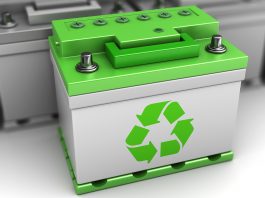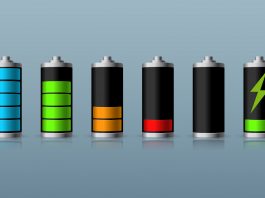A team of researchers led by the Technical University Munich (TUM) has developed a highly efficient novel energy storage device made from a sustainable graphene hybrid material that has comparable performance data to currently utilised batteries.
Energy storage is often associated with batteries and accumulators that provide energy for electronic devices. However, supercapacitors have become increasingly common energy storage device for laptops, cameras, or vehicles. Unlike batteries they can quickly store large amounts of energy and emit it just as fast. For example, if a train brakes, supercapacitors are storing the energy from that action and can provide it again when the train needs a lot of energy very quickly while starting up.
One issue with supercapacitors is their lack of energy density. While lithium accumulators reach an energy density of up to 265 Kilowatt hours (KW/h), supercapacitors thus far have only been delivering a tenth thereof.
The team working with TUM chemist Roland Fischer has now developed a novel, powerful as well as sustainable, graphene hybrid material for supercapacitors. It serves as the positive electrode in the energy storage device. The researchers are combining the supercapacitor with a proven negative electrode based on titan and carbon.
According to the researchers, this new energy storage device not only attains an energy density of up to 73 Wh/kg, which is roughly equivalent to the energy density of a nickel metal hydride battery, but also performs much better than most other supercapacitors at a power density of 16 kW/kg. The success of the device can be attributed to the combination of different materials.
The abstract idea of combining basic materials was transferred to supercapacitors by the research team. As a basis, they used the novel positive electrode of the storage unit with chemically modified graphene and combined it with a nano-structured metal organic framework (MOF).
“The high performance capabilities of the material is based on the combination of the microporous MOFs with the conductive graphene acid,” explains first author Jayaramulu Kolleboyina, a former guest scientist working with Roland Fischer.
A large surface is important for good supercapacitors. It allows for the collection of a respectively large number of charge carriers within the material – this is the basic principle for the storage of electrical energy.
Through skilful material design, the researchers were able to link the graphene acid with the MOFs. The resulting hybrid MOFs have a very large inner surface of up to 900 square metres per gram and are highly performant as positive electrodes in a supercapacitor.









